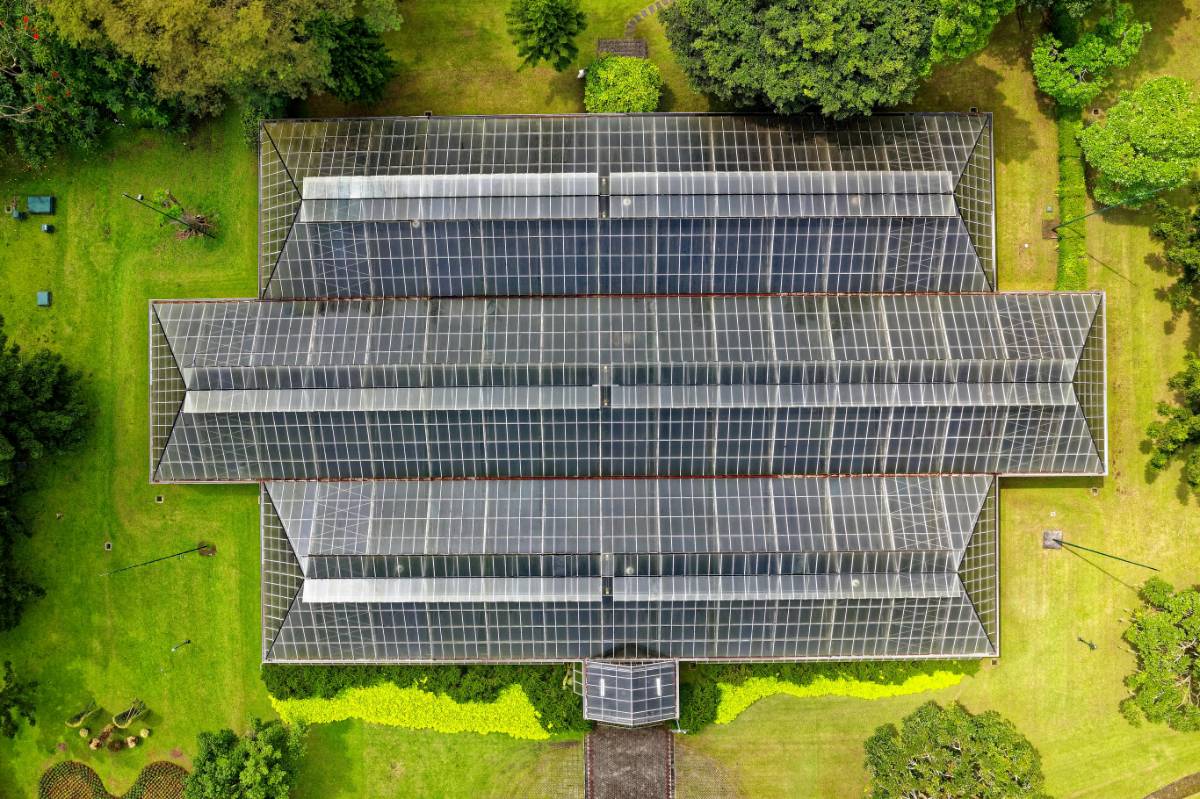
Circular Design: The Key to Sustainability in Modern Architecture
Circular design has emerged as a transformative approach in modern architecture, redefining the way buildings are designed, constructed, and used. This innovative philosophy focuses on creating systems that minimize waste, extend the lifecycle of materials, and promote sustainability through responsible practices. In the realm of architecture, circular design is becoming a cornerstone for achieving long-term environmental and economic goals, offering a holistic way to address the pressing challenges of climate change and resource depletion.
Understanding Circular Design
At its core, circular design is based on the principles of the circular economy, which seeks to eliminate waste and keep resources in use for as long as possible. This approach contrasts with the traditional linear model of "take, make, dispose," which often leads to resource wastage and environmental degradation.
In architecture, circular design involves designing buildings and spaces with longevity, adaptability, and resource efficiency in mind. It prioritizes the reuse, refurbishment, and recycling of materials, ensuring that the environmental footprint of a structure is minimized over its lifecycle.
Environmental Benefits of Circular Design
Circular design is a game-changer for reducing the environmental impact of buildings, which are among the largest contributors to global greenhouse gas emissions. By incorporating recycled and sustainable materials into construction, architects can significantly reduce the demand for virgin resources and the associated carbon emissions.
For example, using reclaimed wood, recycled steel, and sustainable concrete in construction projects helps conserve natural resources while reducing the energy required for production. Additionally, circular design encourages the integration of renewable energy systems, such as solar panels and wind turbines, which further contribute to a building’s sustainability.
By designing structures that can be easily deconstructed and their materials reused or recycled, architects also help divert waste from landfills, promoting a closed-loop system that benefits the environment.
Economic Advantages of Circular Design
While the initial investment in circular design may be higher than traditional construction methods, the long-term economic benefits often outweigh these costs. Buildings designed with adaptability and durability in mind require fewer repairs and renovations, reducing maintenance expenses over time.
Circular design also supports the concept of material "banking," where materials used in a building are tracked and cataloged for future reuse. This creates a repository of valuable resources that can be repurposed in other projects, reducing costs and dependency on new materials.
Moreover, as sustainability becomes a priority for governments, businesses, and consumers, buildings designed with circular principles are likely to command higher market value and attract environmentally-conscious tenants and investors. Certifications like Cradle to Cradle and LEED further enhance the appeal of circular buildings in the competitive real estate market.
Innovative Design Strategies
Circular design is not just about using sustainable materials—it also involves innovative design strategies that prioritize flexibility, modularity, and adaptability. These approaches ensure that buildings can evolve to meet changing needs without requiring extensive renovations or demolition.
For instance, modular construction techniques allow for components of a building to be prefabricated and assembled on-site, reducing construction waste and enabling easy disassembly and reuse. Similarly, designing spaces with multi-functional elements, such as movable walls and adaptable layouts, allows buildings to accommodate different uses over time.
Another key aspect of circular design is prioritizing passive design strategies that leverage natural light, ventilation, and insulation to reduce energy consumption. By integrating smart technologies and energy-efficient systems, architects can create buildings that are not only sustainable but also cost-effective and comfortable for occupants.
Promoting Circularity Through Collaboration
The success of circular design in modern architecture depends on collaboration among various stakeholders, including architects, engineers, contractors, policymakers, and material suppliers. By working together, these groups can develop innovative solutions that support the principles of circularity and sustainability.
For example, material suppliers can focus on producing high-quality, durable, and recyclable products, while policymakers can establish regulations and incentives to encourage circular practices in the construction industry. Collaboration also extends to engaging with building occupants and communities, ensuring that their needs and preferences are considered in the design process.
Technology plays a crucial role in facilitating collaboration and promoting circular design. Digital tools such as Building Information Modeling (BIM) enable architects and engineers to track material use, analyze energy performance, and optimize designs for sustainability. These tools also support the creation of material passports, which document the properties and potential reuse of materials in a building.

Circular Design in Action
Numerous architectural projects worldwide demonstrate the potential of circular design to revolutionize the built environment. For example, buildings designed with modular construction techniques, such as The Edge in Amsterdam, showcase how flexibility and adaptability can enhance sustainability and functionality.
Similarly, projects like the Bullitt Center in Seattle prioritize the use of locally sourced, renewable, and non-toxic materials while incorporating renewable energy systems and rainwater harvesting. These buildings serve as inspiring examples of how circular principles can be integrated into architecture to achieve exceptional environmental and economic outcomes.
Challenges and Opportunities
Despite its numerous benefits, circular design faces challenges that must be addressed to realize its full potential. One of the main obstacles is the lack of widespread awareness and understanding of circular principles within the construction industry. Educating stakeholders about the benefits and feasibility of circular design is crucial for driving its adoption.
Additionally, the availability of high-quality recycled materials and the infrastructure for material reuse and recycling can vary by region, posing logistical challenges for implementing circular design practices. Policymakers and industry leaders must work together to develop solutions that support the growth of a circular economy.
However, these challenges also present opportunities for innovation and growth. As demand for sustainable architecture continues to rise, architects and designers have the chance to develop creative solutions that address these obstacles while pushing the boundaries of what is possible in circular design.
Conclusion
Circular design represents a paradigm shift in modern architecture, offering a pathway to more sustainable, resilient, and cost-effective buildings. By embracing circular principles, architects and builders can create structures that minimize environmental impact, extend the lifecycle of materials, and promote a healthier and more equitable future.
As the world moves toward a more sustainable future, circular design will play an increasingly important role in shaping the built environment. By prioritizing collaboration, innovation, and a commitment to circularity, the architecture industry can lead the way in addressing the challenges of climate change and resource depletion while creating spaces that inspire and endure.



